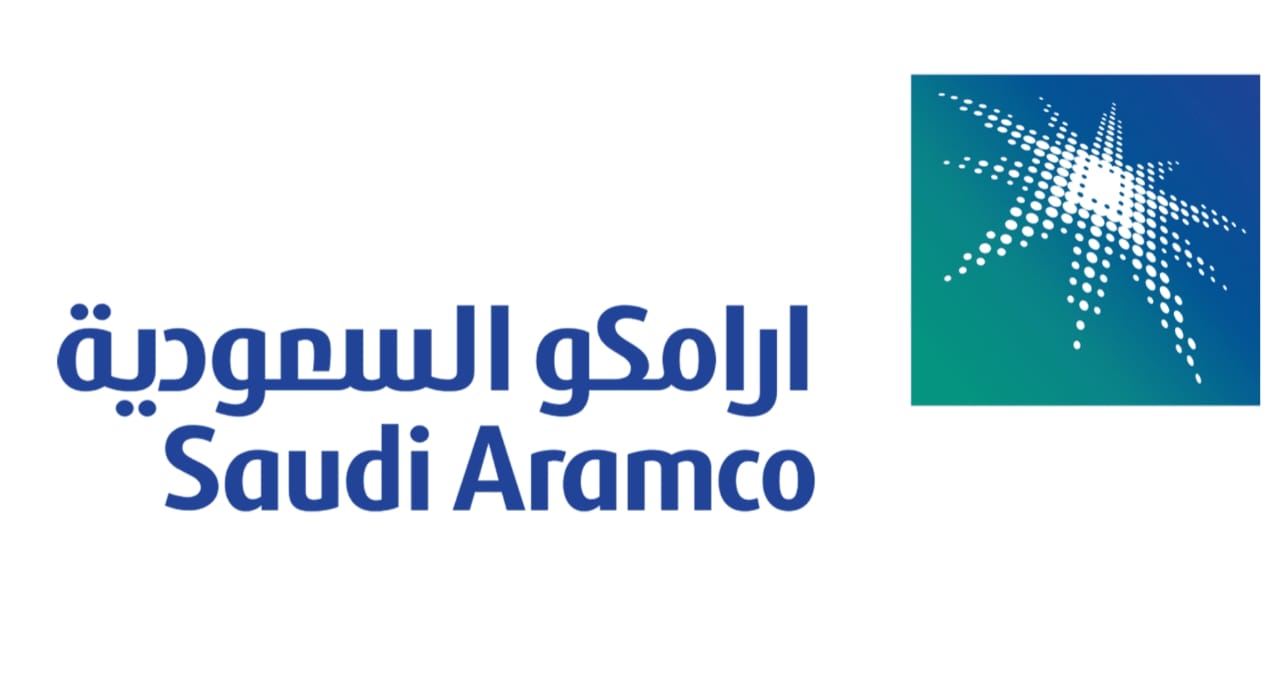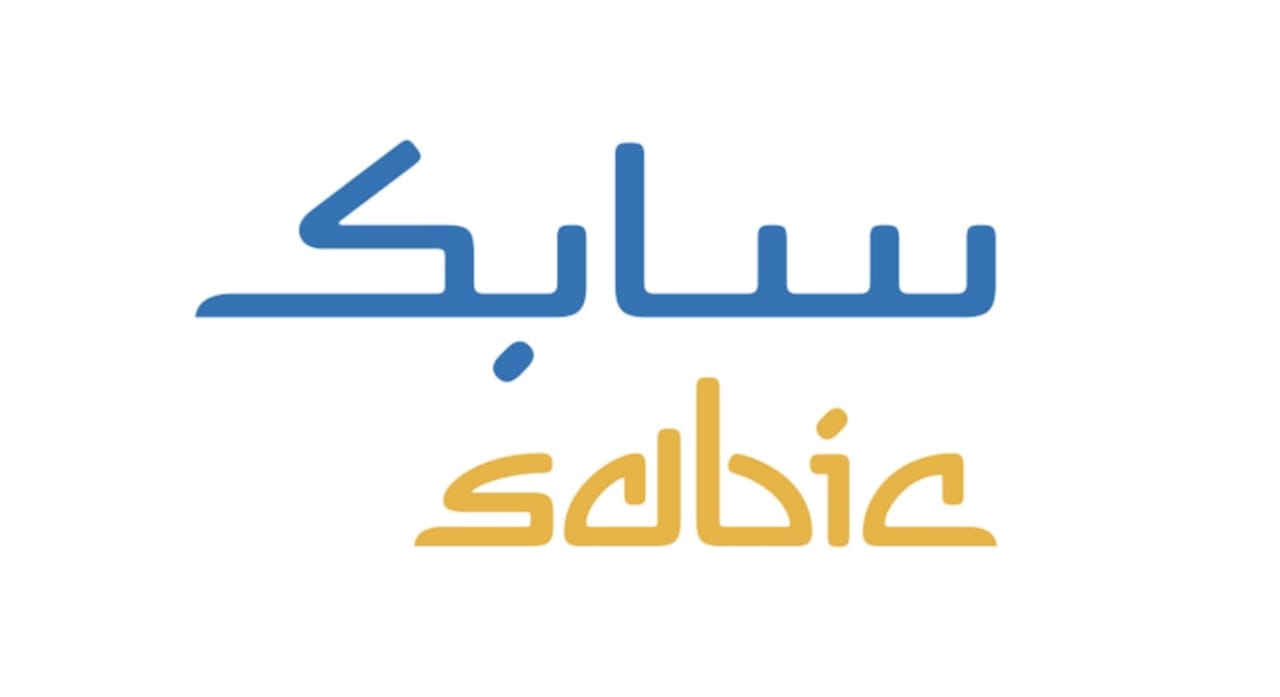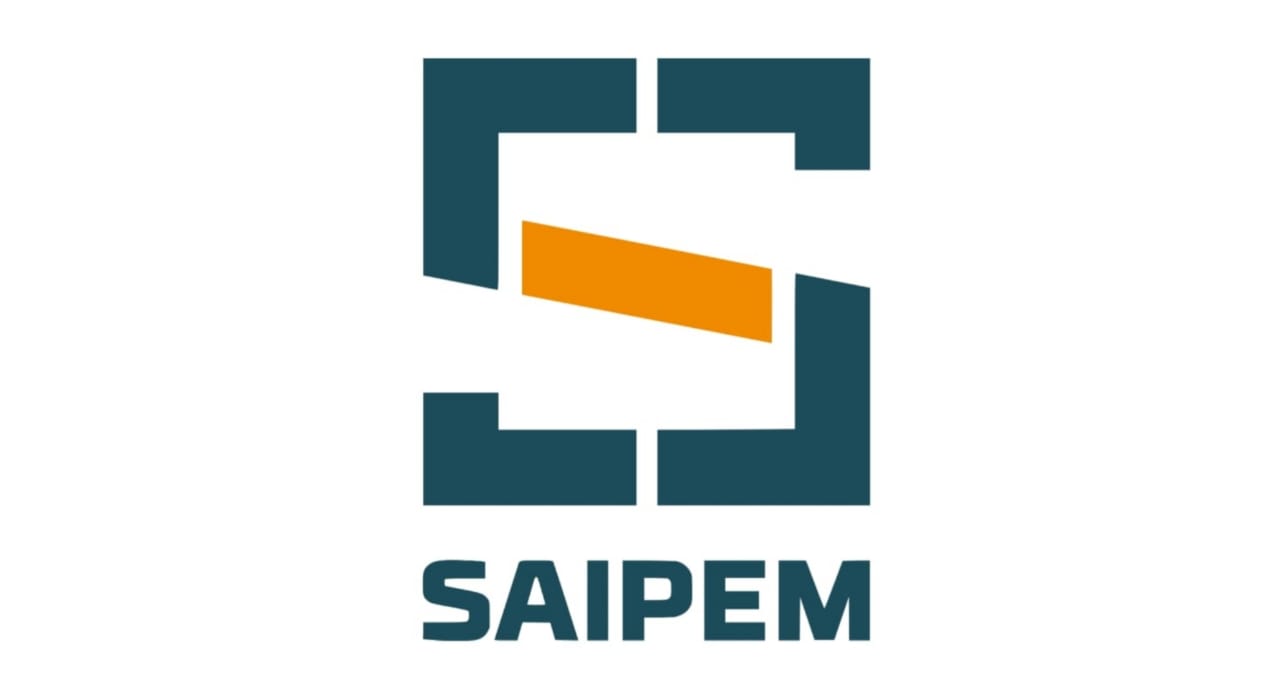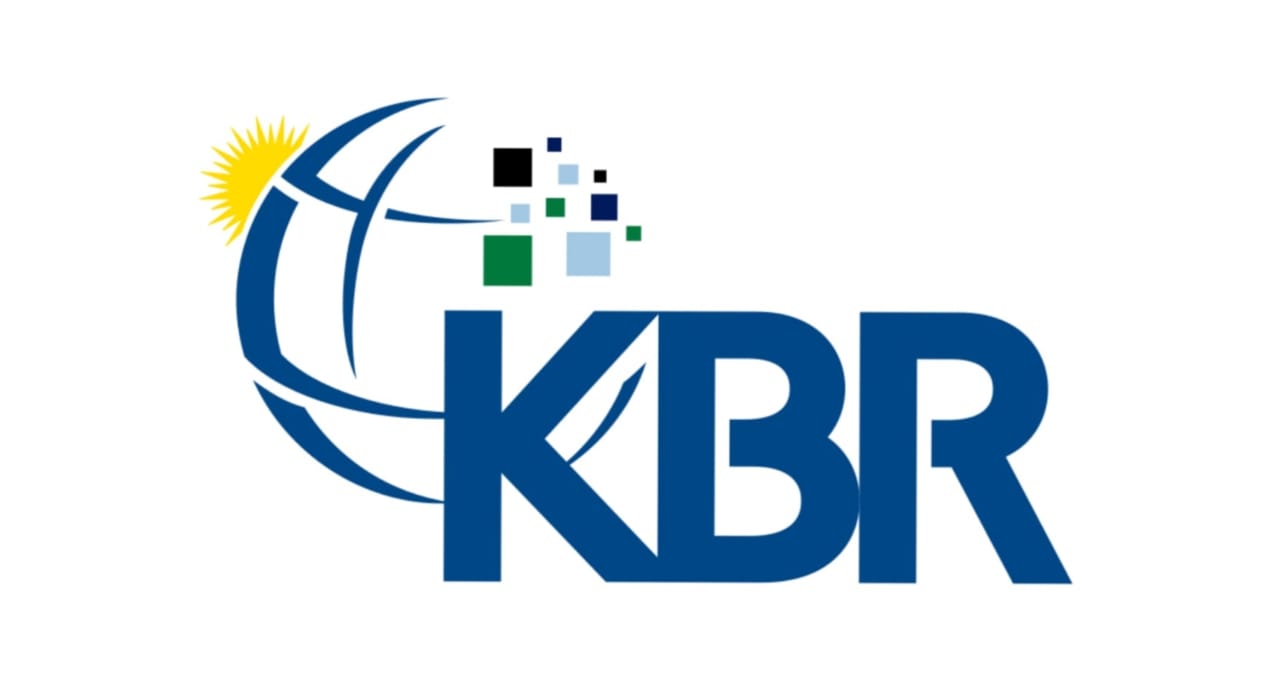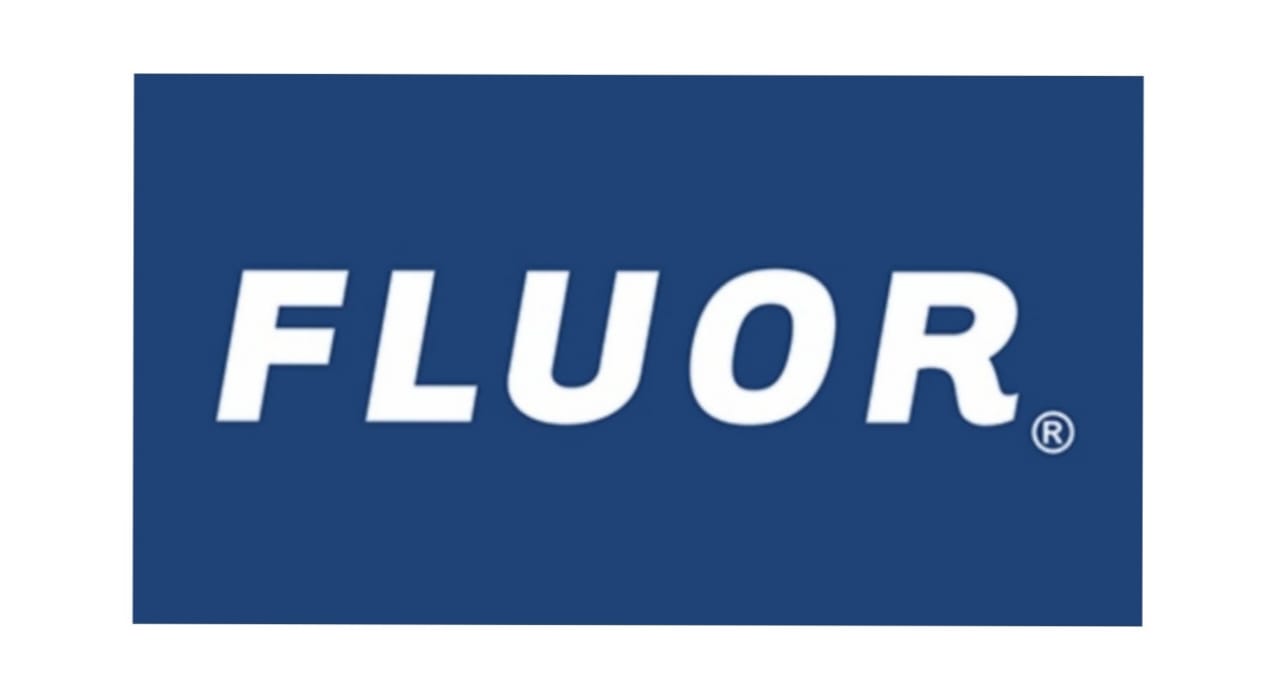The Importance of Radio Coverage Studies in Expanding Broadcast Access
The importance of radio coverage studies in ensuring reliable broadcast access, identifying signal gaps, guiding infrastructure investments, and adapting to digital trends for inclusive and effective communication.
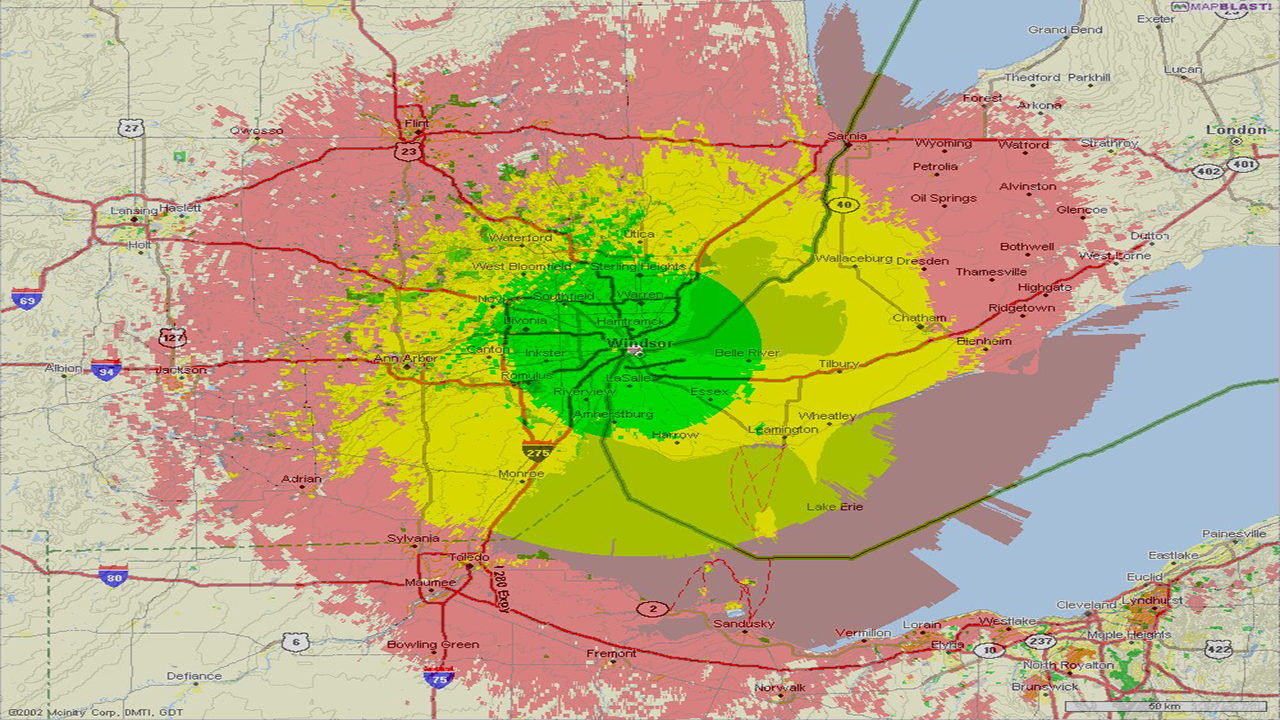
The Importance of Radio Coverage Studies in Expanding Broadcast Access
Radio continues to be one of the most effective and accessible forms of mass communication, especially in areas where internet and television access is limited. Conducting a radio coverage study is crucial to understanding how well broadcast signals reach diverse populations across urban, rural, and remote regions. These studies help identify gaps in signal strength, enabling broadcasters and policymakers to make informed decisions about where to invest in infrastructure such as transmitters and repeaters. Furthermore, analyzing radio coverage ensures that vital information—including news, educational content, and emergency alerts—can be delivered reliably, even in times of crisis.
In the modern media environment, where digital platforms are increasingly integrated with traditional broadcasting, radio coverage studies also assess the effectiveness of internet radio and mobile access. They provide insights into listener behavior, allowing stations to tailor content to specific geographic or demographic audiences. This enhances public engagement and strengthens the role of radio as a community-building tool. Moreover, by pinpointing underserved regions, coverage studies support efforts to promote media inclusivity and information equity.
As technologies like artificial intelligence and data analytics are applied to broadcasting, radio coverage studies now also consider digital listening trends and the expansion of radio into smart devices and streaming services. Despite these advancements, challenges such as difficult terrain, outdated equipment, and limited funding can still hinder consistent coverage. Therefore, regular and comprehensive radio coverage assessments are essential—not only to improve technical performance but also to ensure that radio remains a resilient, responsive, and inclusive medium in the digital age.
